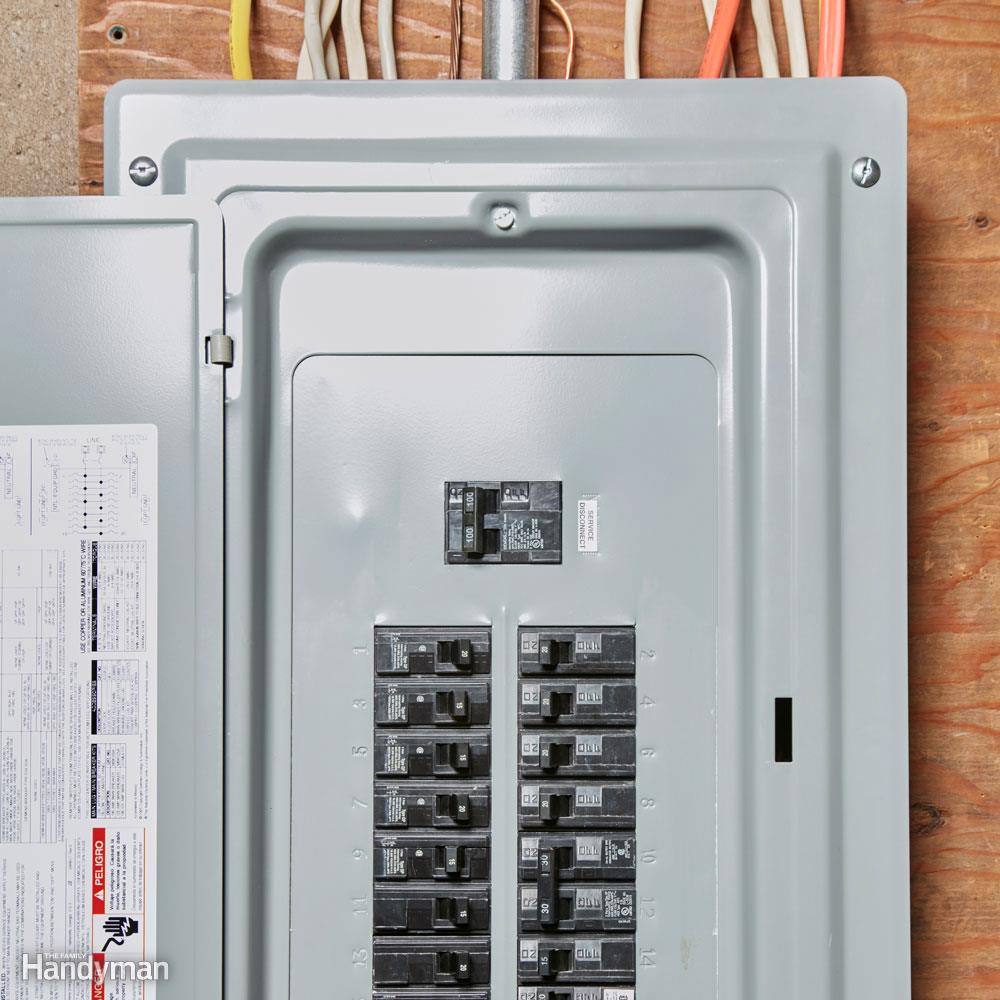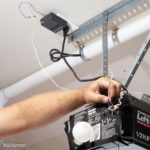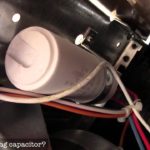Garage Door Opener Circuit Breaker Size
In any electrical design, an appropriate protection must be added to avoid any harm to the devices used in the circuit but most importantly to prevent any incident that can cause a hazard to human users.
The components used in any circuit can only work appropriately under a well specified ratings. These are the limitations beyond which the maker doesn’t guarantee the promised performance or warns that these components can be damaged. For example, supplying a voltage below what is recommended – undervoltage – may cause an absence or non-consistence of the function needed, while supplying a voltage higher than the maximum allowed by the maker may harm the components, cause damage to the other devices connected and in the extreme cases start a fire due to the high current that would flow in the circuit.
Therefore, we are more focused on avoiding these latter undesirable events in designing protections for homes electrical appliances and circuits. We are more worried about starting a fire than having a nonfunctioning device.
In general, fires can be triggered electrically by an overload or a short circuit. Both mean that an unsupported current will flow in our installation unless we have something to prevent that. This is exactly the role of a circuit breaker. It keeps an eye on the current and opens the circuit if it detects an amount higher than allowed.
As you may have expected, there is no magical circuit breaker that would protect any circuit, from any overload and in any condition. Thus, the choice of the right CIRCUIT BREAKER is as crucial as deciding to put an overload protection in your design. Which is why you are reading this article.

Selecting the right CIRCUIT BREAKER in general:
There are many criteria to consider for the choice of a CIRCUIT BREAKER:
Technology:
Depending on the technology used, CIRCUIT BREAKERs come in many types that are appropriate for different use cases:
- Thermal Actuator: Motors, Transformers.
- Magnetic: Telecom, process control and precision applications
- Magnetic-Hydraulic: PCIRCUIT BREAKERs, power semiconductor protection
- High performance: For safety critical applications like aerospace and military
- Electronic: Automation, process control, communication systems
The electronic and magnetic CIRCUIT BREAKERs are the most commonly used in homes.
Voltage Rating:
As any other electrical device, CIRCUIT BREAKERs have a maximum allowed overall voltage which is the highest voltage that it can support. You must choose the CIRCUIT BREAKER that has a voltage rating high enough to meet the end application.
Frequency:
Eddy currents are the main issue facing CIRCUIT BREAKERs at high frequencies as they would cause greater heating. In most cases, home CIRCUIT BREAKERs are suitable for 60 Hz maximum. For applications that would witness a higher frequency the CIRCUIT BREAKER must be derated and a custom calibration must be studied.
Maximum Interrupting Capacity:
When an undesirable event happens that would cause a higher than expected current to flow, the role of the circuit breaker is to open the circuit. However, CIRCUIT BREAKERs can’t resist to any amount of fault current. And this criterion is exactly that. How much fault current a CIRCUIT BREAKER can accept and open the circuit without being damaged.
Size or Continuous Current Rating:
It is essentially the highest current that can flow in the circuit through the CIRCUIT BREAKER without triggering it and cause a loss of power.
In home applications, CIRCUIT BREAKER are almost all the same regarding the previous criteria discussed and in general you don’t need to worry about them as long as you specify that you want a CIRCUIT BREAKER for your home. The only parameter that you should really focus on is this one because it depends on the load i.e. devices connected that would draw current to function.
Intuitively, you have to choose a CIRCUIT BREAKER that has a size higher than what your circuit would draw.
Just to have a safe margin people select a CIRCUIT BREAKER that would protect a circuit operating at 80% of its size. Which means that to calculate the size of the CIRCUIT BREAKER you must first calculate the expected current flow and divide it by 0.8 then select a CIRCUIT BREAKER that has at least that size.
Now all that you must do is calculate the expected current. Just a reminder, all devices come with a power rating, and we know that power is:
P=V.I
P : Power
V : Voltage
I : Current
You can guess the voltage as it is the voltage delivered by your electrical installation. You would then obtain the current by:
I = P/ V
To calculate the overall current draw of a circuit with many devices you would need to know if they are mounted in series or parallel. But as a general rule of thumb, most devices are mounted in parallel in home installations to allow protecting each one them separately and cut it from the circuit without affecting the other devices. Nonetheless, it is always a good idea to check that out and apply basic electronic equations to the circuit to calculate the overall current draw.
If we consider all the devices in parallel, just apply I=P/V to every one of them and sum up the currents.
Circuit breakers for garage doors:
Look at you, a real circuit breakers selection wizard. You understood that garage doors are just electrical devices and that all you have to do is to know how much current they draw by applying the equation, check whether there are other devices connected to the garage doors power supply, like lightings and wireless garage openers, estimate their current draw too, check if all of them are mounted in parallel (which is often the case), sum all the calculated currents, divide by 0.8 and finally select and electronic/magnetic home circuit breaker that has at least that size. Easy huh!!!
Example:
I have a garage with 4 doors. Each one of them requires 600 Watts to function. On each door, there is a lamp that requires 200 Watts.
My installation delivers 120 Volts.
Take 2 minutes and try to find the right size of the CIRCUIT BREAKER I would use, then compare it with the answer below.
Answer:
Each door draws:
I= P/V = 600/120 = 5 A
And each lamp draws:
I= P/V = 200/120 = 1.67 A
Let’s happily sum everything:
4*(5+1.67) = 26.68 A
Then divide by 0.8:
26.68/0.8= 33.35 A
Now, it’s clear that you must choose a CIRCUIT BREAKER that has a size at least 33.35 A. But most home CIRCUIT BREAKERs come in sizes of 15 and 20 amps. Which is why we chose an example with 4 doors. To show you that in this case, where you’d need a CIRCUIT BREAKER with a size that exceeds 20 A, you would better divide your circuit into parallel smaller circuits and protect them with a CIRCUIT BREAKER each.
In our case we would protect each 2 doors separately. This way we would need a CIRCUIT BREAKER with a size of at least 33.35/2 = 16.675 A, which is why we would choose two 20 A circuit breakers.
General recommendations:
- GFCI (Ground Fault Circuit Interrupter) protection: GFCI breakers will cut the power if they sense an overload, short circuit but also line to ground fault. They are useful if the circuit is close to water sources. You should consider them in this case or if they are required by your local building code.
- Resting position : While most of the time circuit breakers can be mounted so the rest position is horizontal or vertical without risking triggering it, you should be careful if you are in a region experiencing high wind or if there are some objects that could trigger it mechanically ( windows that could open and hit them, a flexible mounting surface …)
- Don’t try to test your installation protection if you are not experienced. It involves triggering intentionally the CIRCUIT BREAKER by making a current slightly higher that its size flow for a very short time using special equipment. Thus, it could be hazardous for you. If you are not sure of your installation, call an electrician so he can verify it safely.
See more about garage door openers here.





